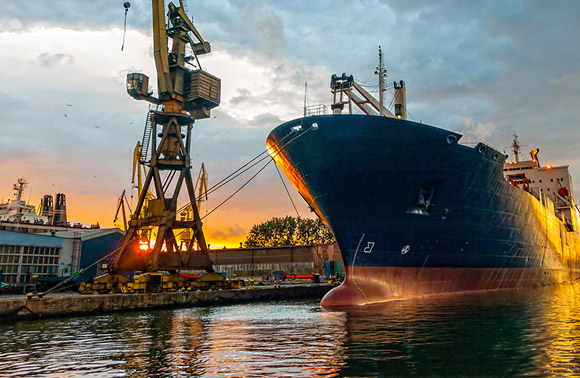Shipping goods to Italy can be a lucrative venture, given its bustling economy and vibrant consumer market. However, navigating the logistics of shipping to Italy requires careful planning and understanding of the country’s customs procedures, regulations, and cultural nuances. Whether you’re a business owner looking to expand your market or an individual sending a package to a loved one, here’s a comprehensive guide to ensure your Shipping to Italy smoothly and efficiently.
Understanding Customs Regulations
Before sending any goods to Italy, it’s crucial to familiarize yourself with the country’s customs regulations. Italy, like most countries, has strict rules governing the importation of certain items, including food, electronics, and pharmaceuticals. Failure to comply with these regulations can result in delays, fines, or even confiscation of the shipment.
When shipping to Italy, it’s essential to provide accurate and detailed information about the contents of your package on the customs declaration form. This includes the description of the items, their value, and their intended use. Be prepared to provide invoices or receipts to prove the value of the goods.
Additionally, certain items may require special permits or certifications to enter Italy legally. For example, food products must meet the European Union’s food safety standards and may require inspection by Italian authorities. Similarly, pharmaceuticals and medical devices must be approved by the Italian Medicines Agency (AIFA) before they can be imported into the country.
Choosing the Right Shipping Method
When shipping to Italy, you have several options to choose from, including postal services, courier companies, and freight forwarders. The best shipping method for you will depend on the size and urgency of your shipment, as well as your budget.
For small packages and documents, postal services like the Italian Post Office or international courier companies like DHL, FedEx, and UPS offer reliable and cost-effective solutions. These services typically provide tracking and delivery confirmation, making it easier to monitor the progress of your shipment.
For larger shipments or commercial goods, freight forwarders can arrange transportation by air, sea, or land, depending on your needs. Freight forwarders handle all aspects of the shipping process, including customs clearance, documentation, and delivery, saving you time and hassle.
Addressing Cultural Considerations
In Italy, personal relationships and formalities play a significant role in business and social interactions. When sending a package to Italy, it’s essential to address the recipient properly and include any necessary titles or honorifics, such as “Signore” (Mr.) or “Signora” (Mrs.).
Additionally, Italians value punctuality and professionalism, so make sure to provide accurate delivery estimates and communicate any delays or issues promptly. Providing excellent customer service can help build trust and goodwill with your Italian customers or recipients.
Conclusion
Shipping to Italy can be a rewarding experience, but it requires careful planning and attention to detail. By understanding customs regulations, choosing the right shipping method, and addressing cultural considerations, you can ensure that your shipments reach Italy safely and efficiently. Whether you’re shipping goods for business or personal reasons, following these guidelines will help you navigate the complexities of international shipping and achieve successful deliveries to Italy.

